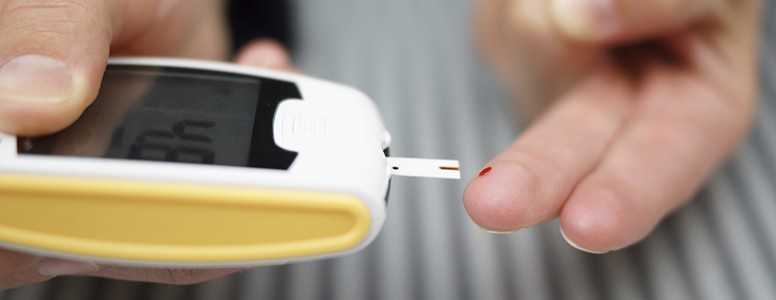A Swedish study finds that the adjusted risk of death for adults with type 2 diabetes compared to those without diabetes is at a “historical low.”
Researchers at the University of Gothenburg investigated 435,369 type 2 diabetes patients who were registered to the Swedish National Diabetes Register from 1998 to 2011. Each participant was compared to five random controls that were matched according to age, sex and county.
The mean age of the participants was 66, and 45 per cent were women. Prior to the study, those with type 2 diabetes had an average HbA1c of 7.1 per cent and had lived with type 2 for an average of 5.7 years.
During a mean follow-up of 4.6 years, 17.7 per cent of type 2 patients died, while 14.5 per cent of controls died during a mean follow-up of 4.8 years.
Type 2 patients were most likely to die from cardiovascular disease, while 1.8 per cent of patients died from diabetes-related causes, such as vascular, renal and eye complications.
The researchers observed that rates of all-cause or cardiovascular death were much higher in type 2 patients with poor blood glucose control or impaired renal function or who were younger than 55.
Age findings
Compared to age-matched controls with normal kidney function, older type 2 patients with normal kidney function and good glycemic control had better survival rates, but this was not the case for younger type 2 patients.
Maintaining good control of blood pressure and blood glucose, smoking cessation and avoiding microalbuminuria was not good enough to lower the mortality rate of younger type 2 patients compared to age-matched controls.
Dr. Marcus Lind, University of Gothenburg, told Medscape Medical News: “Detecting type 2 diabetes early and achieving good risk-factor control from diagnosis and onward was associated with low mortality, close to that of the general population for many patients with type 2 diabetes.
“Extra focus is needed on individuals younger than approximately 60 years, since there was a greater excess mortality [near that age], even if the glucose control was not very poor and no major renal complications existed.”
Lind highlighted the importance of maintaining good blood glucose control among patients with type 2 diabetes to avoid hyperglycemia, which can lead to diabetic nephropathy and other diabetes-related complications.
Historical low
Lind added that the 15 per cent greater adjusted risk of death within five years compared to age-matched controls was a historical low. Until around 2000, the excess mortality with type 2 diabetes was reported to be roughly 100 per cent.
Lind said it was “encouraging” that the mortality rate is reduced among patients with type 2 compared to the general population.
“Similar evaluations need to be performed in other countries to confirm that excess mortality is low, since diabetes care, diet, and lifestyle, among other factors, may differ between countries,” he added.




